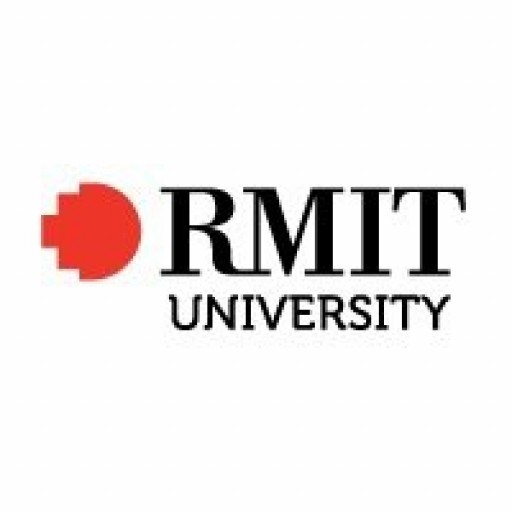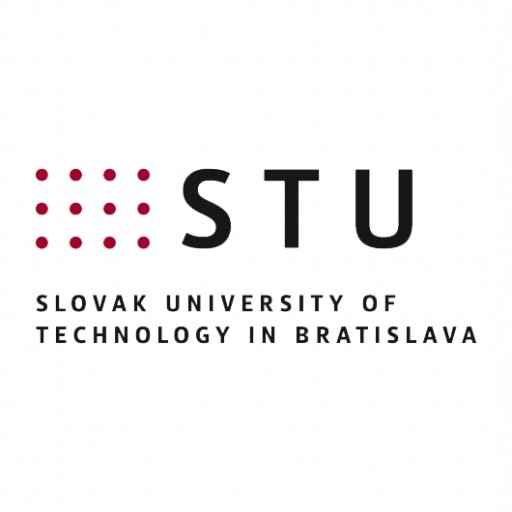Photos of university / #rmituniversity
The Bachelor of Geospatial Science at RMIT University is a comprehensive undergraduate program designed to equip students with the essential skills and knowledge required to analyze, interpret, and manage spatial data in a variety of scientific, industrial, and governmental contexts. This program offers a multidisciplinary approach, combining principles of geography, surveying, information technology, and environmental science to develop graduates capable of addressing complex spatial challenges in a rapidly evolving technological landscape. Throughout the course, students will engage with cutting-edge geospatial technologies such as Geographic Information Systems (GIS), remote sensing, cartography, and GPS, gaining hands-on experience through practical projects and industry placements. The curriculum emphasizes critical thinking, problem-solving, and innovative approaches to spatial data collection, analysis, and visualization, preparing students for diverse career opportunities in urban planning, natural resource management, environmental monitoring, and spatial data analysis. Students will have access to state-of-the-art laboratories and software, supported by industry partnerships that ensure their learning is aligned with current industry standards and practices. The program also fosters a strong understanding of the ethical, legal, and societal implications of geospatial data use, emphasizing responsible and sustainable management of spatial information. Graduates of the Bachelor of Geospatial Science will be well-positioned to contribute to solutions for pressing global issues such as climate change, urban expansion, and disaster management, making a positive impact in local communities and beyond. With pathways for further study and professional development, this program prepares students for a dynamic career in the expanding field of geospatial science and technology.
Graduates from the Program are eligible for admission for the Surveying and Spatial Sciences Institute. In addition they meet the prerequisites to be members of the Mapping Sciences Institute of Australia.
Current Year 12 prerequisite units 3 and Also 4-a study score of at least 30 in English (ESL) or 25 in Every other English and a study score of at least 20 in mathematics (any)
The financing of the Geospatial Science program at RMIT University encompasses various sources of funding to support both domestic and international students. For domestic students, the primary financial support options include Commonwealth Supported Places (CSP), which significantly reduce tuition fees as the government subsidizes a portion of the cost. Students can also access HECS-HELP, a government loan scheme designed to assist eligible students in paying their tuition fees, with repayment deferred until the student’s income exceeds a certain threshold. RMIT University offers scholarships for outstanding students, which can cover partial or full tuition fees, and these are awarded based on academic merit, financial need, or other criteria. Additionally, some students may be eligible for state or federal grants, depending on their circumstances and course-specific funding initiatives.
International students enrolling in the Geospatial Science program are required to pay full tuition fees, which are set annually by RMIT University. These fees can be paid upfront, or students may opt for payment plans arranged through the university. International students are also encouraged to explore scholarships designed specifically for international entrants, which can help reduce the total cost of study. RMIT offers a range of scholarships for international students based on academic achievement, leadership qualities, or financial need, some of which are renewable annually.
Apart from tuition fees, students may need to budget for additional costs such as course-related materials, equipment, fieldwork expenses, and living costs, which are considered part of the overall financing plan for the program. RMIT University provides financial guidance through its student services, including assistance with understanding payment options and accessing financial aid resources. The university also offers information on external scholarships and financial assistance programs. In conclusion, the financing of the Geospatial Science program involves a combination of government subsidies, loans, scholarships, and personal funds, with options designed to accommodate the needs of both domestic and international students.
The Bachelor of Geospatial Science at RMIT University is a comprehensive undergraduate program designed to equip students with the skills and knowledge necessary to understand, analyze, and interpret the Earth's spatial data. This degree program focuses on the rapidly evolving field of geospatial technologies, which include geographic information systems (GIS), remote sensing, cartography, spatial data analysis, and spatial planning. Students develop a deep understanding of spatial data management, mapping techniques, and geographical analysis methods, preparing them for a variety of careers in environmental management, urban planning, transportation, disaster management, and resource exploration.
Throughout the course, students engage in practical training using industry-standard software and hardware, allowing them to apply theoretical concepts to real-world problems. The curriculum combines foundational coursework in geography, computer science, and earth sciences with specialized subjects such as spatial data acquisition, spatial database design, and spatial modeling. Emphasis is placed on developing skills in data visualization, spatial analysis, and decision-making processes based on spatial data.
RMIT's strong links with industry partners give students opportunities for internships, work placements, and collaborative projects, enhancing employability upon graduation. The program also emphasizes ethical considerations and sustainable practices in geospatial applications, aligning student education with contemporary global challenges such as climate change, urbanization, and environmental conservation.
Graduates from the Bachelor of Geospatial Science program are well-prepared to enter various sectors, including government agencies, environmental organizations, surveying firms, and technology companies. They are capable of interpreting complex spatial data, creating detailed maps, and providing actionable insights to support policy and development initiatives. The degree aims to produce innovative professionals who leverage geospatial technologies to solve critical issues facing society today.
The program typically spans three years of full-time study, with options for part-time study and international exchanges. It combines lectures, tutorials, practical labs, and project work, fostering a collaborative learning environment. RMIT’s modern facilities and strong research focus contribute to a dynamic educational experience, ensuring students are equipped with cutting-edge skills relevant to current industry standards and future technological advancements.








